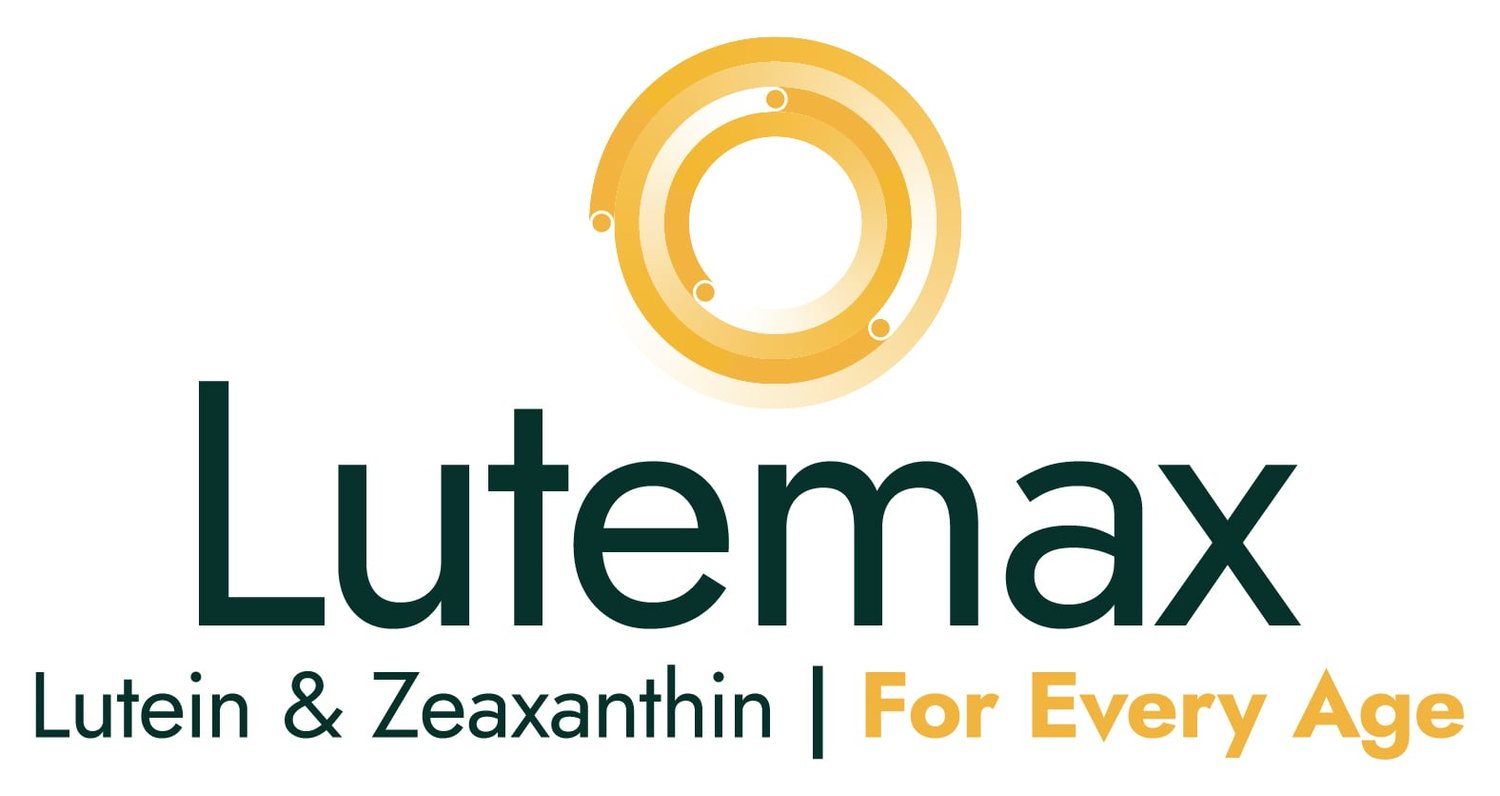Try the “20/20 Diet!” For Vision Health
There are many ways to “diet,” which means a long-term pattern of consuming specific foods and beverages while eliminating others. Examples of ways to diet could include, eating “heart healthy,” low-carb, gluten-free, vegan, and intermittent fasting, among others. How about following a diet that supports your vision clarity and eye health? Such a “20/20’ diet would contain foods that are rich in lutein and zeaxanthin, closely related carotenoids proven to support the healthy working of your eyes.
Take heart -- many foods you are likely eating to sustain vibrant health also nourish your eyes and support your vision: kale, spinach, corn, bell peppers, yellow zucchini and others in the squash family. Additionally, pistachios, asparagus, peas, eggs, and popcorn are on that lutein list.
Lutein and zeaxanthin are critical nutrients for eye health, especially as we age. Two actions – a chronic unhealthy inflammatory response and oxidation, both caused by stress and other factors -- are responsible for increasing the risk of age-related eye and vision problems. Dietary antioxidants, of which lutein and zeaxanthin are prime examples, have more and more evidence showing their powers to reduce the risk of experiencing vision problems. Lutein and zeaxanthin are known as macular pigments because they are the only dietary carotenoids that gather together in the macula.
The amount of lutein and zeaxanthin present in your macula can be seen by a test called macular pigment optical density (MPOD). Many studies have looked at the levels of lutein and zeaxanthin in hundreds of pairs of eyes. For example, one meta-analysis (study of studies) focused on the MPOD in people with healthy eyes who consumed lutein and zeaxanthin. Nine of the studies reviewed showed that the more lutein and zeaxanthin that people consumed (either in food or as supplements), the higher their MPOD. The researchers concluded that if you obtain more than 10 mg of lutein and zeaxanthin every day, you will increase your MPOD, which means that sharp, clear vision may be more protected.
According to many researchers, the recommended daily intake of lutein and zeaxanthin is 10 mg and 2 mg, respectively. They estimate that on average, adults only consume approximately 2 mg of lutein daily.
Scientists are continuing to uncover other positive roles for lutein and zeaxanthin. They believe that when you obtain these carotenoids through diet, they can also support other areas of health, such as cognitive function. For example, in one study of 6,390 adults, those who consumed the most lutein and zeaxanthin performed better on immediate word recall tests than adults who consumed lower amounts. (Not all studies reported the same outcomes).
Boosting Your Dietary L&Z
The human body can’t make its own lutein and zeaxanthin, so these carotenoids must be consumed in the diet (or supplementation). As eggs (with yolks, please) are a great source of lutein and zeaxanthin, researchers wanted to see how eggs enriched with more lutein as well as DHA affected the eyes in 30 adults who ate two eggs daily for six weeks. The study authors found that the egg-daily diet improved retina function.
Lutein is a versatile nutrient, and when lutein was added to dry pasta in manufacturing, it retained its potency after boiling. This means you may soon be able to buy vision-healthy fettucine!
In the meantime, until more foods feature the addition of lutein, there are numerous easy recipes you can make for yourself and your family that are high in lutein, overall healthy and yes, even scrumptious.
From Food.Com, here’s a versatile whole-wheat zucchini bread that can serve as a side, a snack or a dessert.
Mix 1.5 cups sugar, 1 cup vegetable oil (could be EVOO and canola), 3 beaten eggs fortified with DHA, 2 grated zucchini (yellow) and 3 teaspoons vanilla in one bowl.
Sift 3 cups whole wheat flour, 1 teaspoon salt, ¼ teaspoon baking powder and 3 teaspoons cinnamon in another bowl. Blend thoroughly.
Next, blend together the wet and dry ingredients, add ½ cup of sliced pistachios.
Bake at 350F for 45 to 50 minutes.
Love smoothies? Try a kale-spinach fruit blend:
2 cups fresh spinach
1 to 2 kale leaves
1 cup almond milk (or oat)
1 tablespoon nut butter
1 Banana
OPTIONAL: Add a scoop of your favorite protein powder
Corn is a perennial summertime food, but it can be zested up, “street” style.
Mexican Street Corn (12 ears)
Grill, broil or roast a dozen ears of corn.
Spread ¾ cup of either mayonnaise or sour cream over the corn
Roll the ears in shredded cotija cheese
Sprinkle corn with cayenne
Squeeze lime juice over corn
Lutein and zeaxanthin, though they sound exotic, are thankfully not rare nutrients. On the contrary, because they are found in many common whole foods, they are easy to obtain in the diet. Delicious, too!
OmniTrivia: There are more than 600 carotenoids identified in nature. Of these, about 10 percent are consumed in the human diet. (Source)

